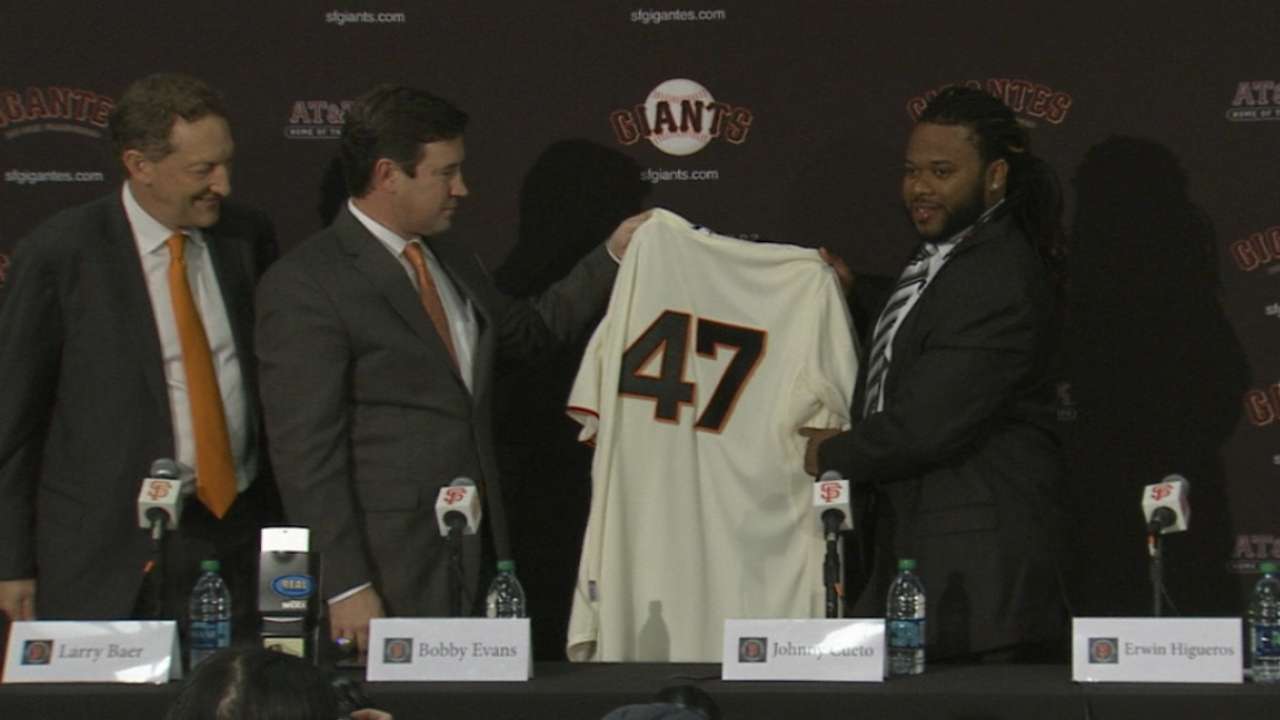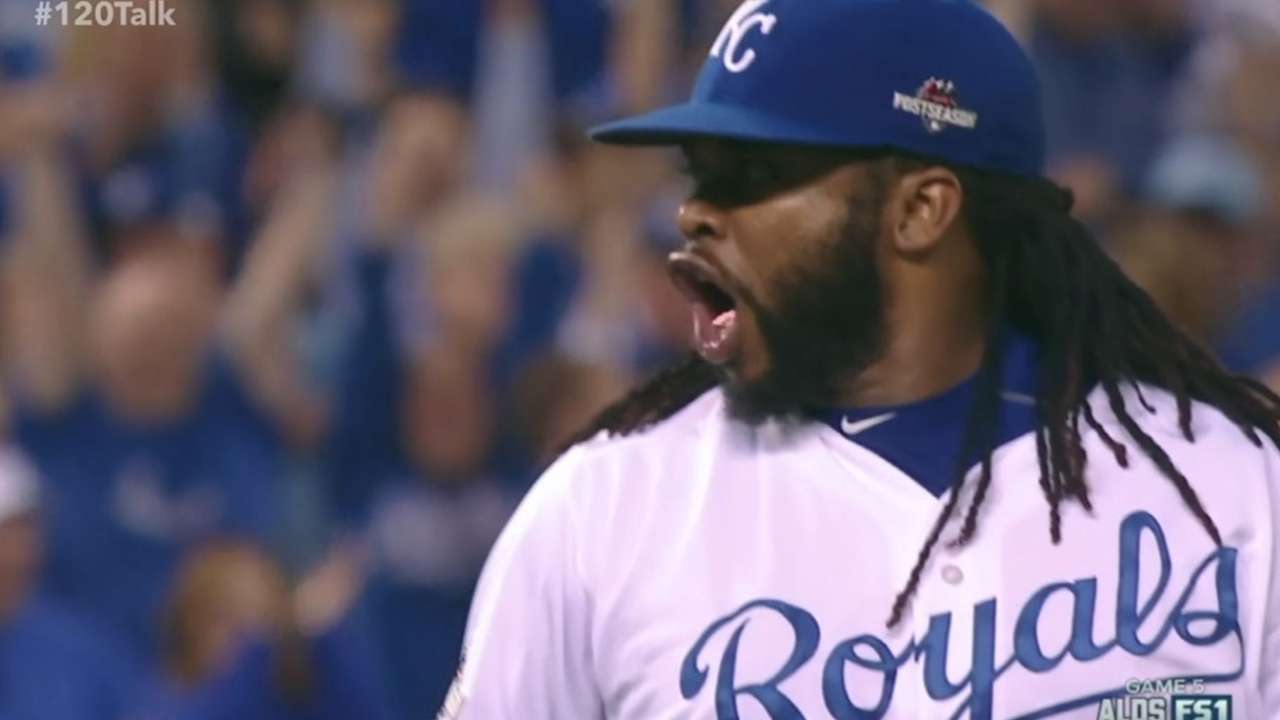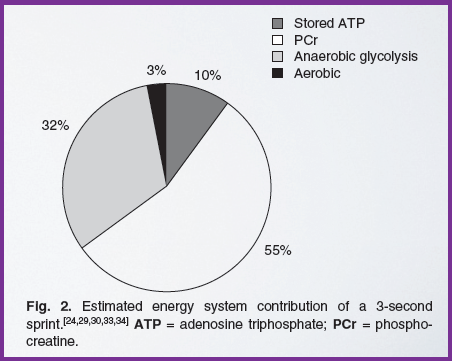Post-Pitching Recovery Protocol
By: Ryan Faer and Matt Van Dyke
Pitching is one of the most, if not the most, high-velocity action found in the world of athletics. That being said, proper recovery from this explosive, repeated movement becomes vitally important in determining not only the timeframe of return to maximal strength and velocity for a pitcher, but also the longevity of their career. This article will emphasize the importance of implementing recovery techniques based on the physiological stressors pitchers experience during competition. It is important to note that the methods used in this article may be applied to any athletic event, however the focus will be placed on different areas of the body as needed in each individual sport.
Why Recovery Post-Pitching Matters:
As we briefly explained earlier, pitching is one of the most explosive, high-velocity movements found in athletics. Peak shoulder internal rotation reaches a velocity of 7000o/second with peak elbow extension velocity reaching 2000o/second. To put this rotational velocity in perspective, 7000o/second is the equivalent to rotating your arm in a circular motion 70,000 times per hour. This almost unimaginable feat displays the true explosive power that pitchers' shoulders must produce and endure with each pitch. Think about looking at a pitchers arm found on a baseball card and the way the pitcher's arm is "cocked" or in the "layback" position. There is clearly a tremendous amount of force being transferred through the entire kinetic chain, and it is all transferred specifically through the throwing arm. The rapid acceleration of the arm through the throwing motion must, ultimately, be stopped in a rapid fashion as well. This rapid deceleration of the arm places high eccentric stress on the arm, specifically the posterior shoulder musculature. This means the posterior shoulder muscles are violently contracting while still elongating as they attempt to decelerate the humerus during its internal rotation and extension toward home plate.
It is well understood that high eccentric stress is the leading cause of muscle damage in high-velocity movements. Taking a brief look at the physiology of a muscle contraction, the myosin head is attempting to attach to the actin in order to decelerate the arm moving at an extremely high-velocity. If the myosin heads and their actin attachment sites have not been properly trained to handle these high-stress, eccentric loads, muscle damage almost always occurs. Even with proper training, the explosive action of pitching will lead to muscle damage, just not as much. Multiple exposures to high eccentric stress, as seen in pitching, without proper recovery methods leads to a loss in range of motion, inflammation, and soreness. It is for this reason the recovery protocol for pitchers becomes an imperative piece in keeping them not only injury free, but continuously performing optimally.
Immediately Post:
Once an outing for a pitcher has concluded, they can immediately begin the recovery process. The goal of this recovery protocol immediately following pitching is to begin the process of rebuilding as rapidly as possible, thus optimally preparing the pitcher for their next competition date. The primary modes of recovery immediately post-pitching can ultimately be broken down into three segments, the first being AVOID ICE AT ALL COSTS, the second is the completion of dynamic movements of the shoulder, and the third is active recovery.
We know the first aspect of recovery goes against everything the majority of us have been taught about treating injuries. However, icing will lead to the halting and even reversal of the healing and recovery process. Simply put, a pitcher will take longer to recover if ice is used on their shoulder or elbow. The logic behind this anti-icing movement is simple and easily understood. When any tissue is damaged within the body, our ultimate goal should be to improve that tissue to its highest functioning state. In athletics, our goal is then made more difficult as we attempt to treat injuries as quickly as possible to get our athletes back on the field. We accomplish this task by removing the waste or "junk" produced by the injury via the lymphatic system and by increasing the blood flow to the injured area, which will bring the necessary nutrients to begin the rebuilding process. If the lymph system is understood, you know the only way lymph or the "junk" within the lymphatic system is cleared is by active muscle contraction in the nearby area. If we take these two basic principles of recovery and then realize that ice both leads to immobilization and decreased blood flow to the injured area, we can clearly see icing is completely ineffective and significantly hinders recovery.
If you are interested in learning more about the "anti-icing" movement, click here for a link to a video featuring Gary Reinl explaining his profoundly simple idea to maximizing recovery.
Dynamic movement of the shoulder is the second piece in our immediate recovery plan. These movements not only assist with the inflammatory process by increasing waste removal via the lymphatic system, but they also function to strengthen posterior shoulder muscles and the entire range of motion of the shoulder joint. As covered earlier, it is the posterior muscles of the shoulder that experience the highest levels of eccentric stress and potential micro-trauma. Strengthening these muscles immediately post-pitching will jump start the building process for the next outing and ultimately reduce the likelihood of chronic overuse injuries down the road. It is important to note that if there is pain experienced during these muscle actions, movement should be reduced to a pain free range of motion. This will prevent any further damage being done to these damaged muscles. The goal of causing no more harm is always in effect during training.
Active recovery is simply putting the body in motion. This can range from a dynamic warm-up to a brisk walking session, with the goal of keeping the heart rate around 100 bpm. This recovery protocol ensures all tissues receive the blood flow necessary, which carries the needed nutrients for proper regeneration. This low-intensity training also assists in the removal of any remaining metabolites within the body produced during the pitching outing. This method can be paired with the dynamic movements of the shoulder if so desired.
Day after:
The first day after a pitching outing is another opportunity for a coach to maximize a pitcher's recovery time. The training methods implemented on this day play just as vital a role in reducing needed recovery time as the methods used immediately post-pitching. Covered here will be training protocols that will hinder recovery and potentially subsequent performance. Training methods to enhance recovery also will be given.
The mentality of avoiding ice continues to be applied in this phase of recovery, just as it was during the immediately post-pitching recovery process. The reasoning for this approach is outlined above and is based on the principle of getting "garbage out and groceries in". This refers to the process of removing the "junk" or "garbage" via the lymphatic system produced by the damaged tissue, and getting the proper nutrients or "groceries" to the recovering muscles via blood flow. Once again, the reasoning for this method is expressed in a more detailed manner above.
One of the biggest, most misguided, training protocols prescribed to pitchers is the "flush run" or jogging poles. Physiologically speaking, based on the requirements of pitching, there is simply no need to "flush the system" after a pitching outing. Pitching consists of a short duration, max-effort bout, followed by 20-30 seconds of rest. This high-intensity bout is then repeated an upwards of 100 or more times, and broken into segments (innings in this case) that allow much longer rest times. Short duration, high-intensity movements, as seen in pitching primarily use the ATP-CP energy system, as long as creatine phosphate is available. This is the shortest metabolic pathway and allows the rapid use of energy, or ATP, for explosive movements. It should be noted that all energy pathways are utilized at all times, however, they function in an ever fluctuating model depending on the intensity and time requirements of the activity being performed.
As stated above, pitching primarily relies on the ATP-CP energy system when a pitcher is fully recovered, or has available stores of creatine phosphate. As more pitches are thrown during a single half-inning, the body must begin to rely on other energy pathways to meet the high-intensity demands required in pitching as creatine phosphate cannot fully recover between pitches. Anaerobic glycolysis, or the use of glycogen, is the next available energy system capable of producing high-intensity efforts and becomes utilized to a greater extent, leading to the production of lactate. The hydrogen ions produced along with lactate lead to the reduced ability of the ATP-CP energy system to produce the needed energy. The ability to clear and tolerate these hydrogen ions becomes vitally important as more pitches are thrown within a single half-inning. Once the half-inning is completed, properly trained athletes will have enough time to clear the majority of hydrogen ions prior to the start of their next inning. This will allow the body to begin to replenish ATP stores and the ATP-CP system. The fact that the body can clear these metabolites rapidly demonstrates a "flush run" is not a requirement for recovery during the next day after a pitching performance.
Below is a figure showing the estimated energy system contribution during a 3 second sprint, which is similar to the short burst, high-intensity movements seen in pitching. As the inning continues and more pitches are thrown, energy system contribution will shift toward the anaerobic glycolysis pathway.
If simply being unnecessary isn't enough for a coach to discontinue these "recovery" methods, such as jogging poles, then it should be understood that these exercises can lead to decreased maximal power outputs, or reduced explosiveness. The first sentence of this article portrayed the importance of explosive power for pitchers, so the fact that a training method commonly used leads to decreasing the ability so vital for success should immediately lead to the training being questioned.
Explosive power, which is provided via contraction of the type II, "fast twitch", muscle fibers, provides the backbone to elite, high-level, pitchers. As coaches, it should be our goal to provide training protocols to optimize the power producing abilities of these type II fibers. Distance jogging, as seen in running poles, leads to a shift in fast twitch fibers to slower, more oxidative fibers. Once this occurs, research shows the ability to transition those fibers back to their original explosive form is virtually impossible. This means your star pitcher, whose success relies almost solely on being explosive, just trained their body to be less explosive. As coaches, we never want to facilitate the shifting of explosive type II fibers to more aerobically trained fibers. Now some of you may be questioning the walking method as an active recovery method, as discussed in the immediately post-pitching section, after reading these last few sentences. Walking as a method for active recovery will not lead to the shift of type II fibers to a more oxidative, or less explosive form. This is simply because the type II fibers responsible for maximal power are not activated during this low-intensity activity. The activity does not require their activation, thus they are not changed.
As mentioned earlier, the violent eccentric contractions of the posterior shoulder musculature can cause significant Delayed-Onset Muscle Soreness (DOMS). Also, DOMS can be experienced in the forearm from the eccentric contractions by the wrist flexors, as the wrist must rapidly decelerate during the ball release phase, and in the lower body from decelerating the entire body upon foot strike and follow-through. To reiterate, DOMS is caused by mechanical damage to the muscle cells and the ensuing inflammatory response. This inflammation causes the cells to swell, whereby pressure receptors are activated, causing pain. It's important to understand that, although this swelling causes soreness, it is a vital part of the muscle's recovery and repair. Coaches and pitchers DO NOT want to ice the sore muscles, for exactly the reasons stated multiple times above, and they certainly do not want to take anti-inflammatory drugs, as this will impede any positive physiological adaptations your pitcher's body can incur from the eccentric muscle damage.
However, there are a few modalities that can be used to assist with the DOMS in order to achieve the goal of returning to maximal strength and physical state before the next outing. When muscle fibers are damaged, as frequently caused in pitching, they do not always repair themselves in an orderly fashion. This improper healing can lead to the formation of adhesions within the muscle, which can cause additional pain along with that already experienced due to the DOMS. If these adhesions are not continuously addressed, overall muscle functioning and power production abilities will be reduced dramatically over the course of a season, along with an increased risk of traumatic injury due to potential muscle and movement compensations. Self myofascial release techniques (SMR), through the utilization of foam rollers or a lacrosse ball, can be of assistance to reduce and potentially relieve the muscle adhesions. These SMR techniques also facilitate regeneration and recovery of the muscle tissues. Foam rolling can be used on the posterior shoulder musculature, as well as the rest of the body.
Light stretching and mobility work also can contribute to relieving the symptoms of DOMS and restore joint function after the tough eccentric bouts experienced during pitching. Over the course of the season, a pitcher tends to lose particular ranges of motion, particularly internal rotation of the shoulder along with scapular upward rotation. Mobility work along with stretching will support and keep the glenohumeral joint functioning optimally throughout the long seasons experienced in baseball.
Training in the weight room should consist of a lower body emphasis the day after a pitching outing. Dynamic movement of the lower body will continue to assist in the recovery from DOMS. If a pitcher is on a 5 day rotation, this will allow 4 days of recovery prior to their next appearance. This allows the legs to be continually trained and strengthened during the long baseball season, but also gives proper time for a full recovery to be made so their legs will be fresh for their next appearance.
For relief pitchers, much of the recovery protocol becomes variable based on their workload throughout the week. Communication between the pitching coach and the strength and conditioning coach is vital to ensure the relief pitchers receive proper training and recovery, which will vary on a weekly basis. For example, if a relief pitcher makes an appearance on Monday, throwing 50 pitches, and the pitching coach deems him "down" for the next game, this would make the next day a great opportunity to get a full-body training session in and perform some dynamic movement and recovery techniques that are needed to prepare for their next potential outing. Conversely, if a reliever throws 15 pitches on Monday and is deemed "up" for the next game, some dynamic movement would be encouraged, but a lift would be out of the question, and other recovery techniques could be performed as needed on an individual basis. Communication between player, pitching coach, and strength and conditioning coach is key in this process.
Summing it all up – Do's and Don'ts:
Clearly there are methods coaches and pitchers can utilize post-outing that can dramatically improve recovery. However, if improper protocols are used, the recovery process can actually be hindered. The recovery process should begin immediately after the pitching session has been completed in order to maximize recovery time and efficiency. Avoiding ice at all costs, paired with dynamic movement and active recovery are the first 3 steps and should be implemented as soon as possible. The following day of recovery should continue to avoid the use of ice, avoid the use of "flush running" or jogging poles, and should include light stretching and mobility exercises along with a high-intensity lower body training session. These methods will vary slightly based on the rotation schedule of each individual pitcher and their individual needs. Remember, any coach can make an athlete tired; our goal as coaches should be to provide the proper adaptations necessary to be successful in competition. It is important, once again, to note the recovery methods outlined in this article can be applied to virtually all athletes post-competition. However, the demands of the specific posterior shoulder and locations of SMR work will vary based on the requirements of the sport. There is no doubt in our minds that as the understanding of the physiological process of pitching continues to grow, these recovery methods will become even more proficient.









